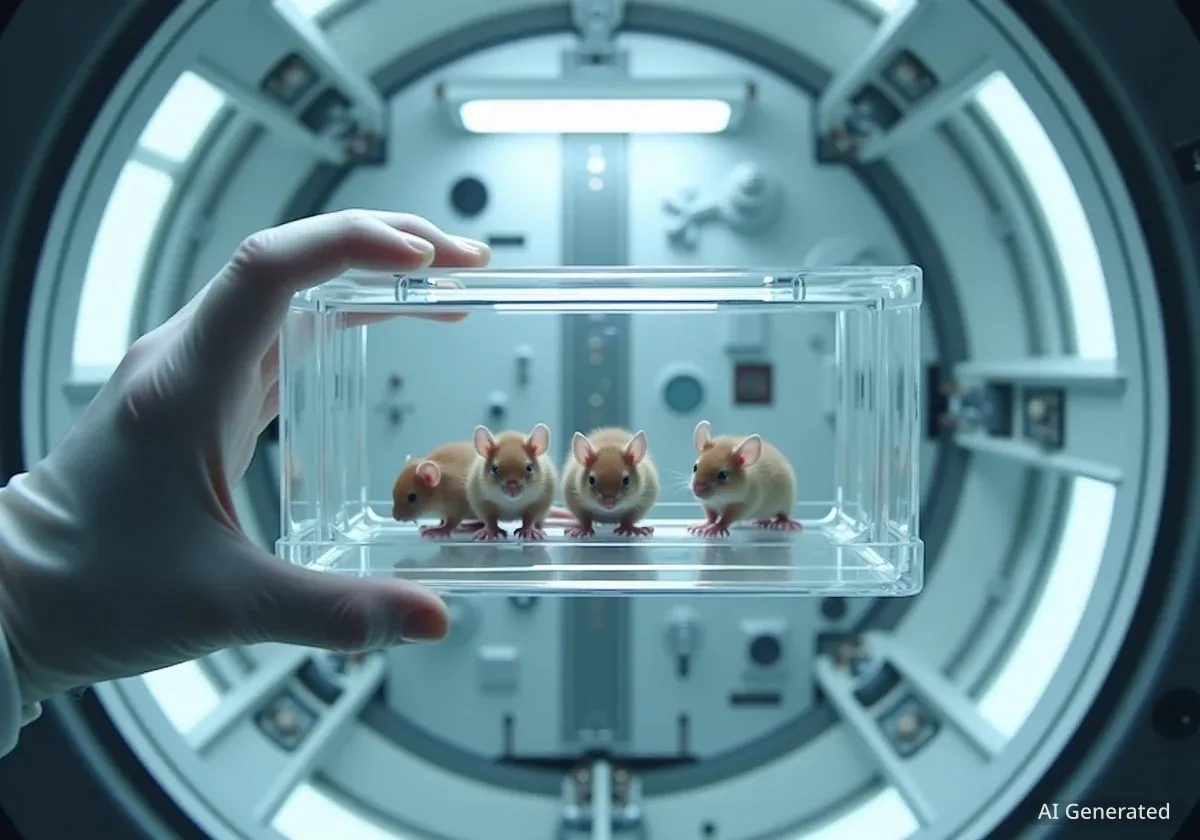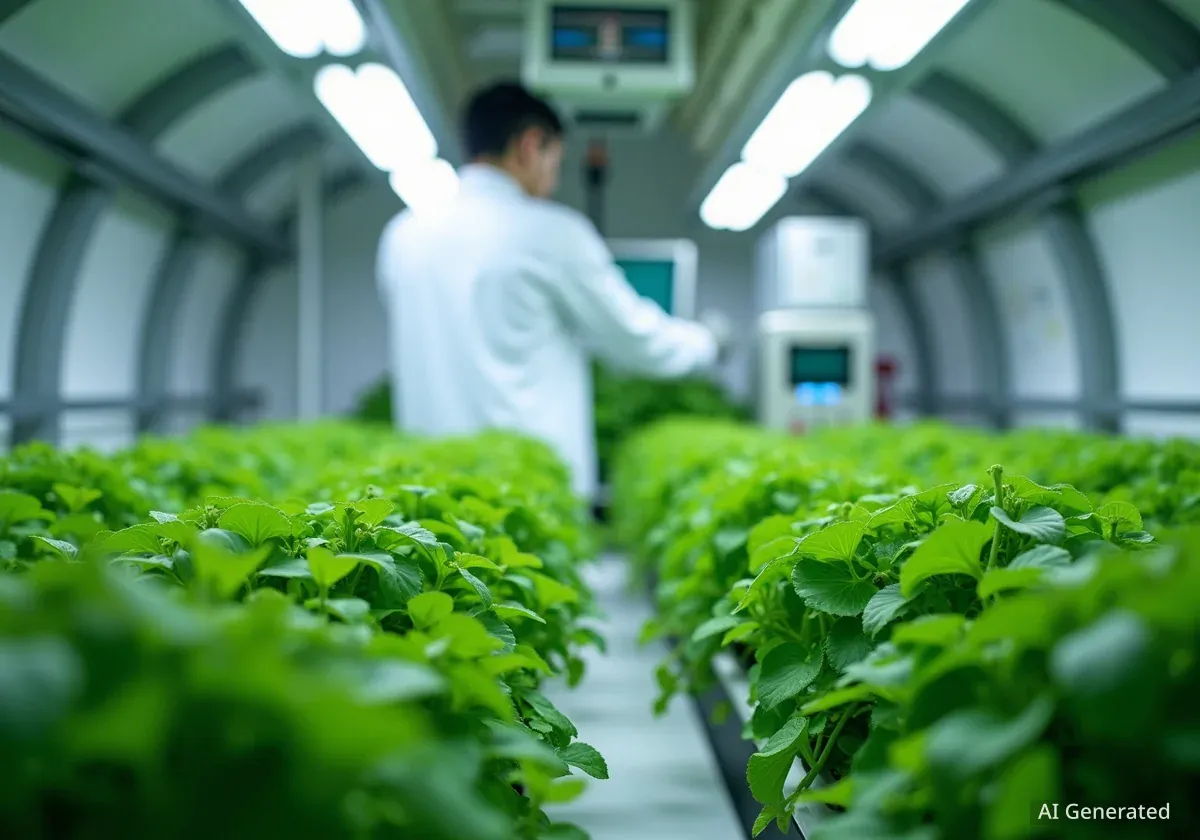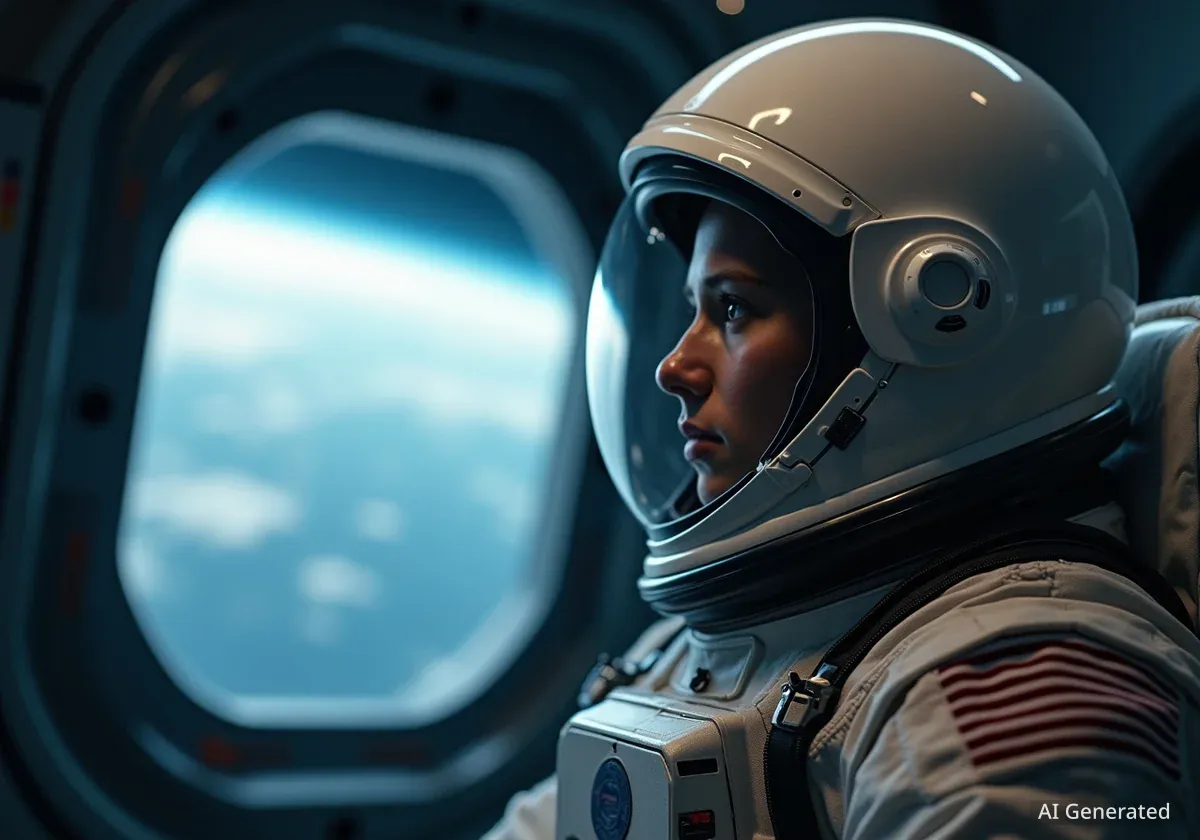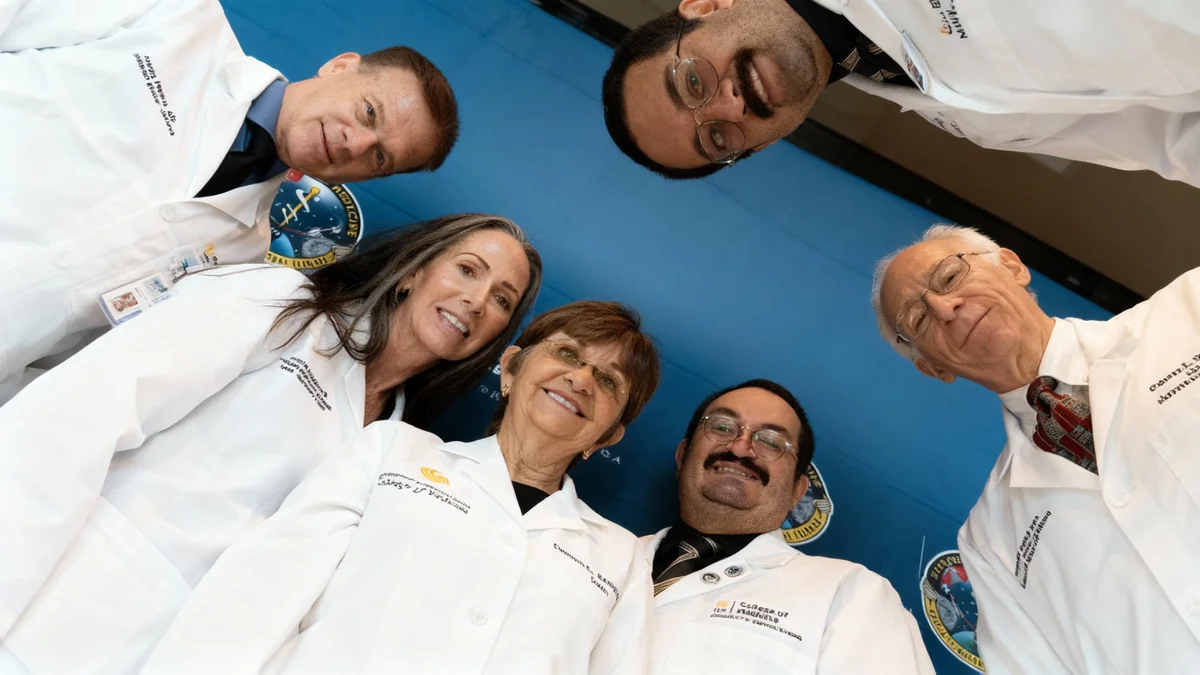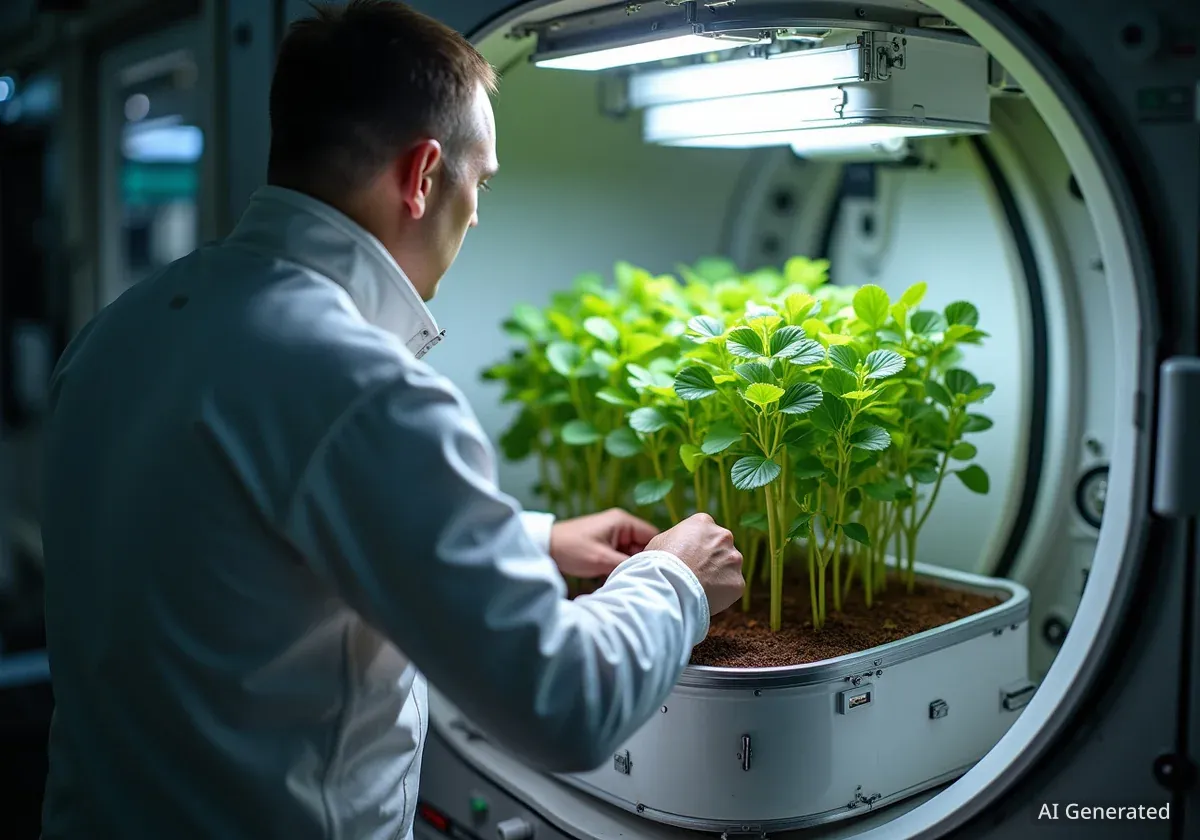The Shenzhou-21 mission has successfully transported four mice to China's Tiangong space station, marking the country's first-ever in-orbit scientific experiment involving rodent mammals. The study aims to provide crucial insights into how long-duration spaceflight affects living organisms, with direct implications for future human missions.
Key Takeaways
- China's Shenzhou-21 crew is conducting the nation's first in-orbit experiments on mice.
- The study will examine the effects of microgravity and enclosed environments on mammal behavior and physiology.
- Researchers hope to use the data to better understand the long-term impacts of space travel on human health.
- The mission also includes 26 other advanced scientific projects, including a study on the fundamental building blocks of life.
The Smallest Astronauts on a Critical Mission
As part of the recently launched Shenzhou-21 mission, a crew of four mice—two male and two female—are now living aboard the Tiangong space station. This groundbreaking experiment is designed to observe how mammals adapt to the unique conditions of space, particularly microgravity and the confined habitat of a space station.
Scientists will closely monitor the behavior of the mice during their stay in orbit. After their mission is complete, the animals will be returned to Earth for further analysis. This post-flight research will explore stress responses and adaptive changes across multiple tissues and organs, providing a comprehensive biological picture of life in space.
Why Use Mice in Space Research?
Mice are considered excellent model organisms for human biology because they share approximately 95 percent genetic similarity with humans. Their shorter lifespans also allow scientists to observe the effects of aging and environmental stress over multiple generations in a compressed timeframe, making them ideal for studying the long-term impacts of spaceflight.
The ultimate objective is to gather data that can help protect the health and safety of astronauts on extended missions, such as future journeys to Mars.
"Our ultimate goal is to understand how the space environment affects long-term human spaceflight," explained Li Tianda, an associate researcher at the Institute of Zoology, Chinese Academy of Sciences. "We use mice as a model organism to understand humans and ultimately serve humanity."
Engineering Life Support in a Weightless World
Keeping mammals alive and healthy in orbit presents significant engineering challenges. A sophisticated life support system was designed specifically for this experiment, ensuring the well-being of the mice while enabling valuable scientific observation.
The system is comprised of two main components. A rearing device, which arrived on the earlier Tianzhou-9 cargo mission, handles essential life support functions like gas purification and oxygen supply. A separate experimental unit, which traveled with the Shenzhou-21 crew, provides the mice with food, water, lighting, and imaging capabilities.
Automated Waste Management in Zero-G
One of the most clever engineering solutions involves waste collection. In microgravity, animal droppings would otherwise float freely, posing a contamination risk. To solve this, engineers developed a small, automated system that uses directional airflow to guide waste into a designated collection module, keeping the habitat clean and safe.
Liu Fangwu, an associate researcher at the Shanghai Institute of Technical Physics, highlighted the complexity of this system. "In the space microgravity environment, droppings can float around, so we designed a small automated waste collection system," he noted, emphasizing the careful planning required for even the most basic biological functions in space.
Beyond Biology: Probing the Origins of Life
The Shenzhou-21 mission's scientific agenda extends far beyond the mouse experiment. The crew will oversee a total of 27 new scientific and application projects, spanning fields from aerospace medicine to microgravity fluid physics.
One of the most fundamental questions being explored is related to amino acid homochirality—the reason why all life on Earth is built from "left-handed" amino acids.
A Question of Gravity
Scientists are investigating whether Earth's gravity played a role in this universal biological choice. The unique microgravity environment of the space station provides an ideal laboratory to test this hypothesis, free from the constant pull that has influenced all life on our planet for billions of years.
"Life on Earth has undergone billions of years of evolution, and ultimately, without exception, all life has chosen left-handed amino acids as the material foundation for protein construction," said Wu Yile from Ningbo University's Institute of Drug Discovery Technology. "The question we want to explore is whether this choice is related to Earth's gravitational conditions."
The research conducted during the Shenzhou-21 mission will contribute to a growing body of knowledge essential for humanity's future in space. From understanding the biological toll of long-duration flight to questioning the very origins of life, the experiments aboard the Tiangong station are pushing the boundaries of scientific exploration.

